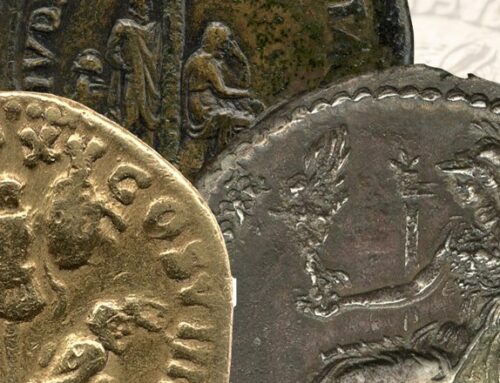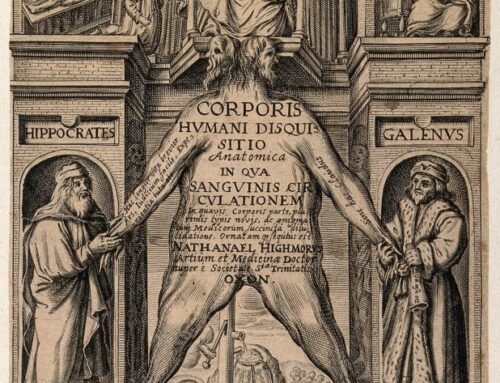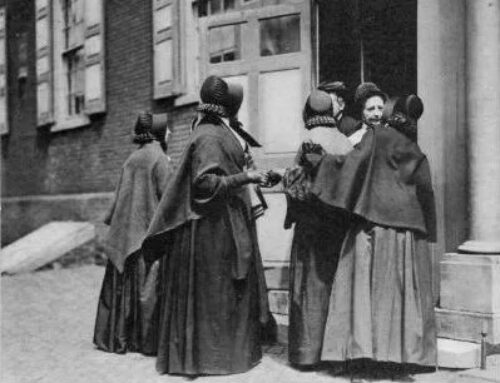Physical Descriptions, Biometrics, and Eikonographia in Graeco-Roman Papyri from Egypt (E. Karev, in publication)
In Egypt, from approximately 300 BC to 400 AD, contracts written in Greek included a physical description to identify the parties present. These descriptions were standardised, and included details such as age, height, skin colour, nose shape, face shape, and hair texture; sometimes, these descriptions included other identifying features like an ear piercing, unibrow, or disability.
My forthcoming book (Physical Descriptions, Biometrics, and Eikonographia in Graeco-Roman Papyri from Egypt) collates nearly 4000 of these descriptions and relates them to the practice of biometrics: the use of physical features for identification and population tracking. In the book, I explore topics such as disabilities, the descriptions of enslaved persons, and ethnicity. The book is a very macro-scale look at the use of these descriptions; but when viewed individually, they are incredibly evocative.
These were people who once lived full lives, who had a name, an identity, hopes and desires. They were people who bought land and houses and cattle, who got married, wrote wills so their children would inherit property. Some of them were also enslaved: bought and sold like chattel or advertised as runaways.
As I neared completion of the book, I was inspired to bring some of these physical descriptions to life, particularly the descriptions of enslaved or disabled individuals. Each of these people has a story: a snapshot of their life when they wrote the contract in which they were described, but also the role they play within the larger contexts of these descriptions and how they functioned as a system.
The descriptions
Despite the evocative nature of the descriptions in the papyri, it is important to note that they were not intended to be a literary or creative lexical portrait of an individual; their purpose was for identification alone. As such, they were fairly standardised, only including details which would aid in identification. Unlike modern physical identifiers (such as height and weight listed on an ID), these descriptions were qualitative. Height was not listed as a measurement, but rather in relation to “medium”: e.g. smaller than medium or larger than medium.
In the Roman period (30 BC to about 400 AD), these detailed descriptions were shortened considerably. Rather than running through the whole gamut of physical characteristics, most Roman-period descriptions were shortened to the notation of an oulē: an identifying mark, likely representative of a scar, mole, tattoo, disability, or anything which could serve as an identifier for the length of an individual’s lifetime. Although this oulē was the most common form of identification, the Ptolemaic-style detailed description continued to be used in some regions.
“Most Roman-period descriptions were shortened to the notation of an oulē
Okaimos
On the 12th of May, 257 BC, an official in Hellenistic Palestine named Toubias wrote a letter to his colleague in Alexandria, Apollonios. Toubias informed Apollonios that he has sent him a gift: four “well-born” slave boys, accompanied by a eunuch. Under the main text, in four columns, Toubias writes a description of each boy in the same order. Okaimos was one of those boys.
Okaimos, age about 7, round-faced, snub-nosed, light-eyed, ruddy-skinned, straight hair, scar on the forehead above the right eyebrow.
—P. Cair. Zen. 1.59076 (257 BC)
This letter is important not only for the descriptions of the boys themselves, but also for a specific line in which Toubias states to Apollonios the explicit reason behind including the descriptions:
I have written below, for you, the eikones of the slave boys, so that you may know [them].
The word used by Toubias for the descriptions—eikones, literally “images”—is also used in other contexts to refer to the practice of collecting and writing these descriptions as well as using them for verification of identity. Here, too, Toubias used the eikones as identity verification; he wants to ensure that the boys he sends are indeed the same four boys who ultimately arrive.
Okaimos’ non-Greek name suggests that he originated in the Levant, as did the writer of the letter and the other three boys. Although he is ruddy-skinned and blue-eyed, two of the other boys are “black (skinned)” and “black-eyed”, and the other boy is “honey (skinned)”; the latter is the most common skin colour within these descriptions. The fate of the four boys after their arrival in Egypt is unknown, but the highly unusual notation of whether they were or were not circumcised grimly suggests that they were intended for sex work.
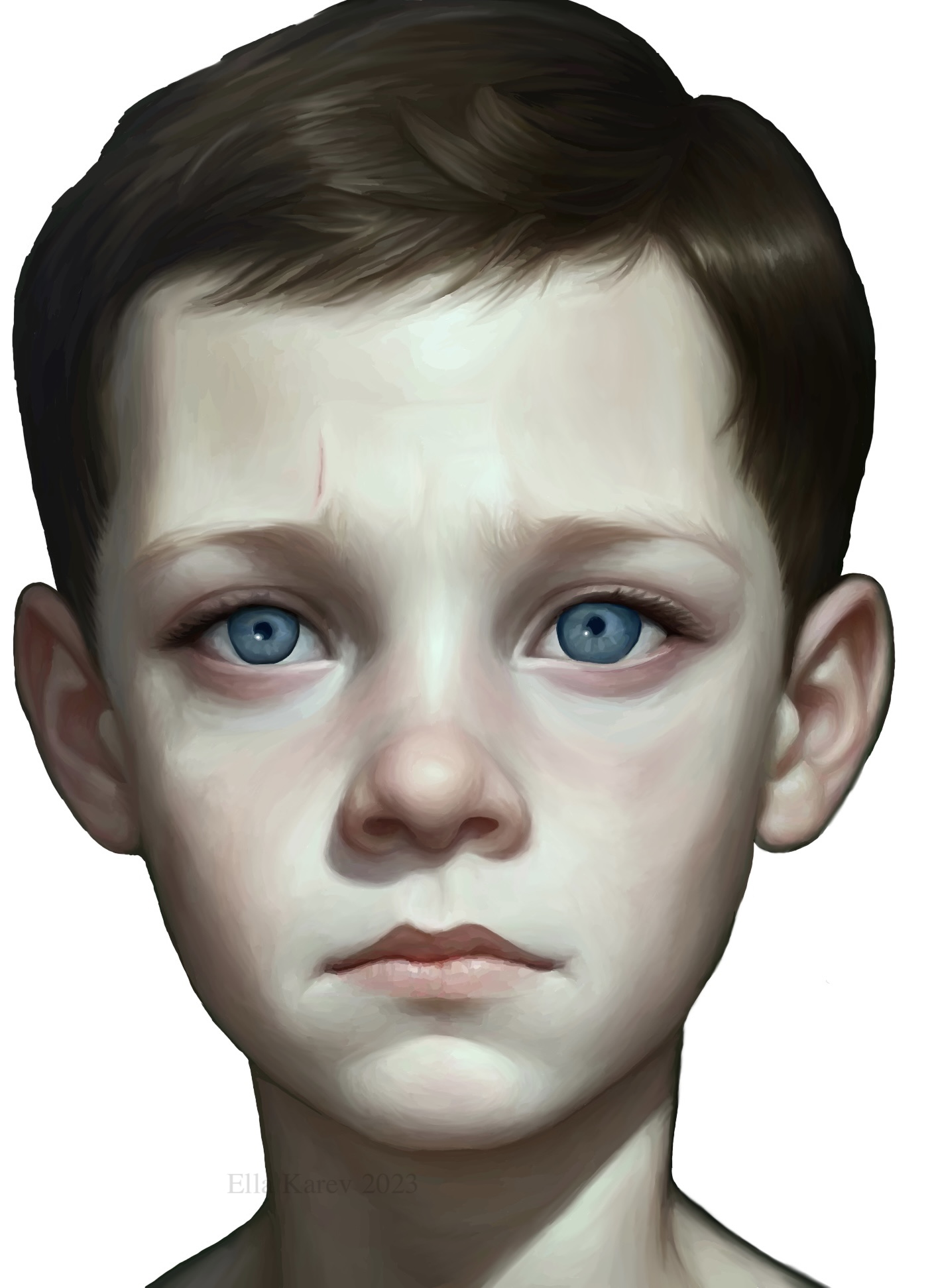
Okaimos
Hermon and Bion
Hermon, also called Neilos, by birth a Syrian from Bambyke. About 18 years old, of medium height, beardless, with good legs, a cleft chin, a mole by the left side of the nose, a scar above the left corner of the mouth, tattooed on the right wrist with two barbaric letters.—UPZ 1.121 (156 BC)
Bion, slave of Kallikratos, height: short, wide at the shoulders, slim legs, blue-eyed, having escaped wearing a dress.—UPZ 1.121 (156 BC)

Hermon

Bion
Philinos
Around 245 BC, a man named Sosikrates wrote to Zenon, an important public official in Egypt at the time. Sosikrates wrote about four men who had, apparently, run away; he notes to Zenon that if anyone should apprehend them, Sosikrates should be notified immediately. Three of the men have a notation of their place of origin, outside of Egypt; the only one who does not nonetheless bears a foreign name. Philinos is one of those men.
Of Alexander’s [slaves], captured: Philinos, Babylonian, tattooed, aged about 44, short, black skin, hooked nose, unibrow, having a mole on the left temple.
—P. Lond. 7.2052 (245 BC)
The fact that Philinos is Babylonian does not preclude the possibility of black skin. In the larger corpus of eikones, there appears to have been no association of skin colour with notations of ethnicity. Skin colour was treated much in the same relative qualification as height (i.e. “medium”, “smaller than medium”, “larger than medium”). An individual identified with “black skin” or “white skin” was simply “more black/more white” than the standard “honey-coloured skin”.
As attested by its notation, it is clear that the people who wrote the eikones were aware of human variation in skin colour. However, we should be careful not to parallel the skin colour designations in the eikones of “black” or “white” with modern racial categorisation of “black” and “white”. That said, I made an active decision here to portray Philinos as a man of African descent, to dispel the commonly-held idea that the ancient world was particularly or especially Caucasian-presenting.
The “tattooed” descriptor here is vague. The notation of tattoos is rare, only appearing for Philinos, Hermon from above, and one other individual. Since there is no description of the tattoos themselves, I assume that his tattoo (or tattoos) was likely similar to Hermon’s—that is, not on his face.
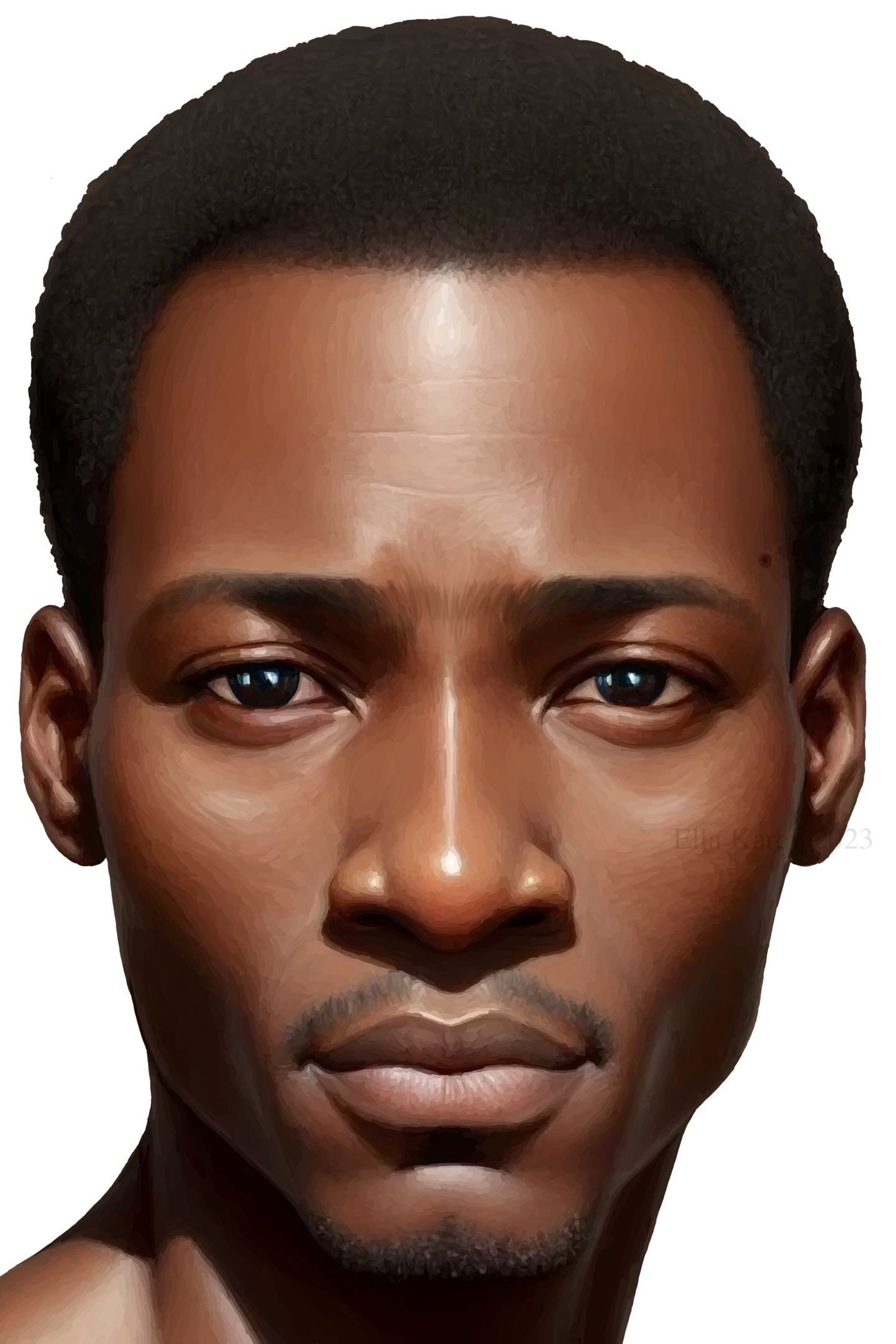
Philinos
Eudaimonis
In the Roman period, the eikones became more widely used throughout Egypt—but they also became less detailed, only rarely including physical characteristics like height or skin colour. But in both the Ptolemaic and Roman periods, physical disability was occasionally noted. Of all the disabilities noted in the papyri, visual impairments are by far the most common. The people who lived with them appeared to not have been discriminated against on the basis of their disability. Eudaimonis was one of those people.
Eudaimonis was 22 years old in 44 AD when some land was ceded to her, the purpose for the writing of the contract. The person ceding the property was another woman, possibly her sister, who was also visually impaired.
Eudaimonis, aged 22, medium height, honey-coloured skin, long face, straight nose, a white spot in her right eye.
—P. Coll. Youtie 1.19 (44 AD)
The “white spot” in her right eye was very likely glaucoma or cataracts, both of which can present as a white spot. Philoxena, the other woman in the contract, had a disability described as “shaded” eyes, which was almost certainly cataracts. Both women were quite young at the time of writing, though both cataracts and glaucoma can be early-onset. Although somewhat messy, Eudaimonis’ hairstyle would have fit in for the mid-1st century AD.
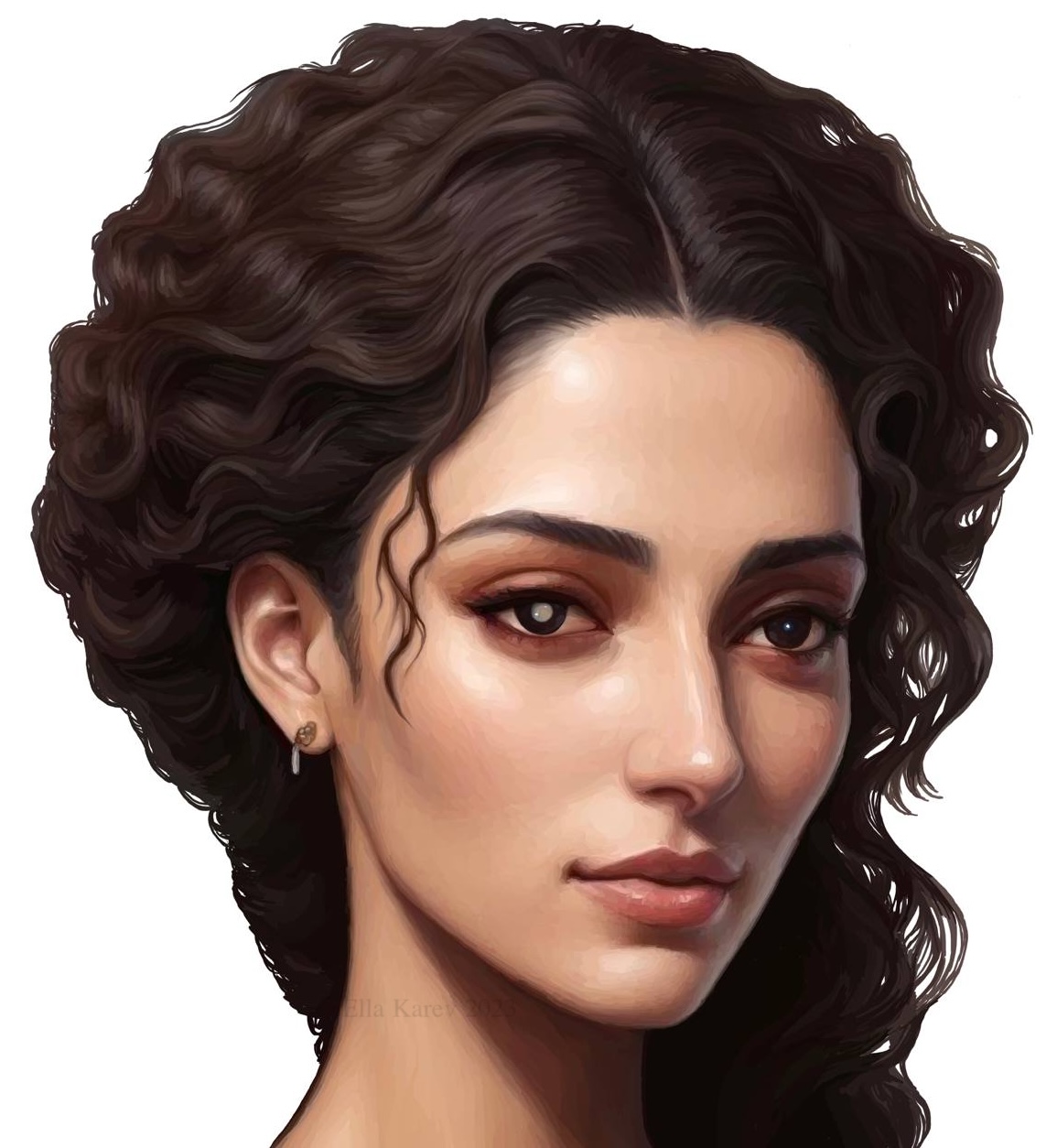
Eudaimonis
“Othering”
[name not preserved] an Egyptian from Chenres in the Athribite nome [----] does not speak Greek, tall, thin, clean-shaven, with a small wound on the left side of his head, honey-skinned, quite pale, wispy-bearded—indeed, almost no hair at all on his chin—smooth-skinned, narrow in his jaws, long-nosed. By trade a weaver, he swaggers around as if he were someone of note, chattering in a shrill voice. He is about 32 years old.—P. Oxy. 51.3617 (200–299 AD)
If any person has found a slave (doulon) called Phillippos [----] about 14 years old, pale-skinned, stammering, wide-faced [---] wearing a thick woollen tunic and a used shoulder-belt [---]—P. Oxy. 51.3616 (200–299 AD)
He shall be known about twenty (years old); skin (colour) not white, but like fire; his eyes are piercing and bright; his feelings are bad, but his speech is sweet; for his thoughts do not match his words; his voice is like honey, his mind like gall; he is a savage, a cheat, a liar, a wily brat whose play is all cruel. He has a pretty head of hair, and a bold forehead.— Plaut. Menaech. 46
He is snub-nosed and winged […] always chattering, sharp-eyed, savage […]— Meleager, Anth. Pal. 5. 178
A Phlagonian slave, one of the barbarians from Sinope, with the kind of name that comes from wealth, sallow, untrimmed hair, strong chin, a pouch fastened to him and a short cloak, quick-tempered, uneducated, harsh-voiced, and abusive.— Lucian, Fugitivi, 380
A boy lost recently in the public baths: aged about 16, curly hair, low habits. Name: Giton.— Petronius, Sat. 97
“The eikones of enslaved persons include a specialised introductory formula for their personal name
My research will explore how the body-politic metaphor was used by thinkers from John of Salisbury (d. 1180), and his description of the treasury in the Policraticus, to William Petty (1623–87) and his Political Anatomy of Ireland.



